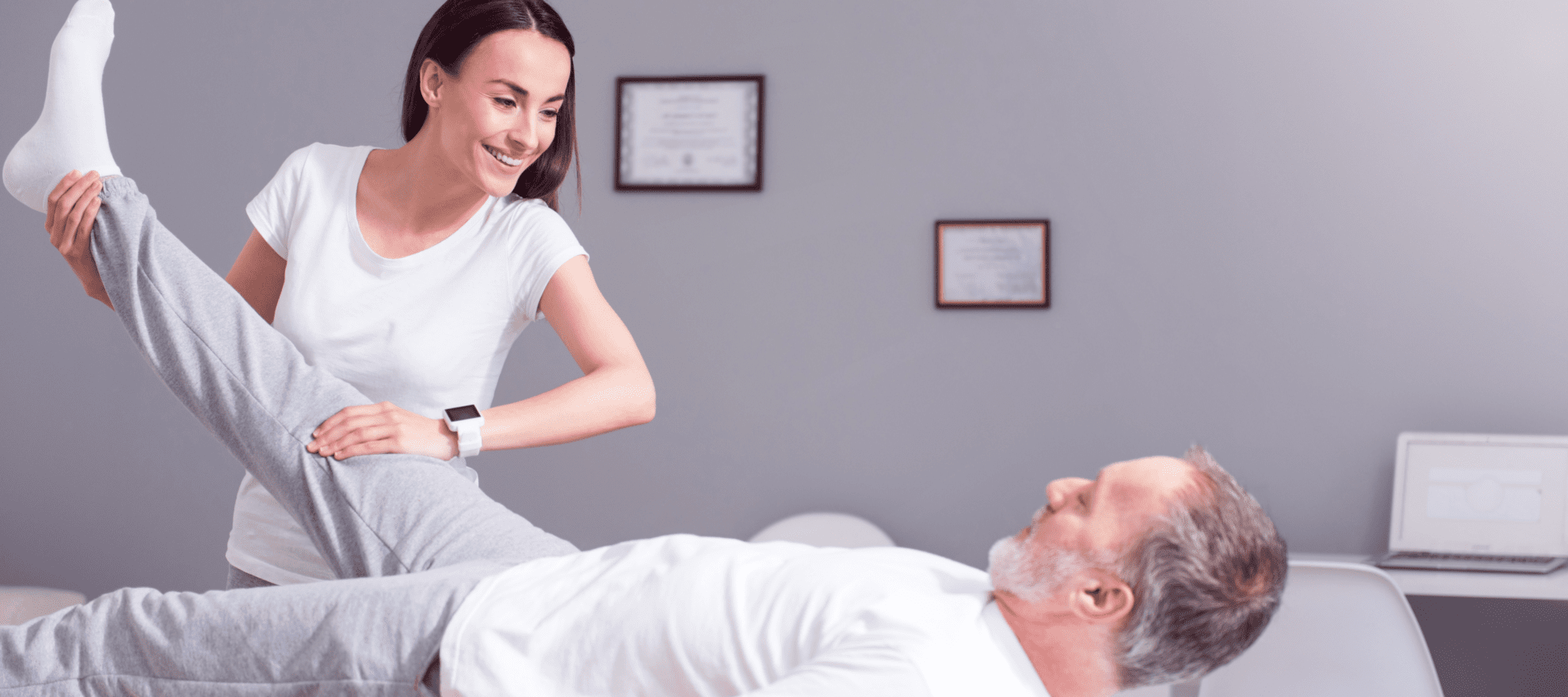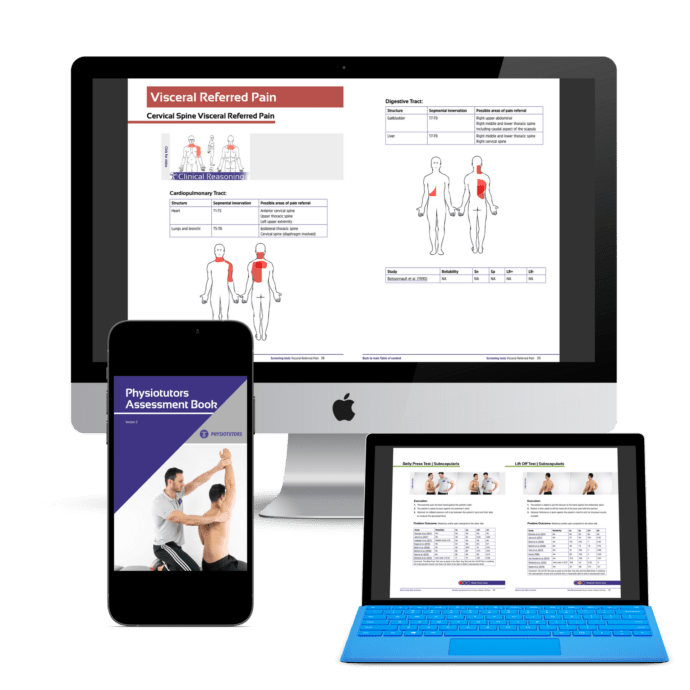



The Yergason’s test was primarily designed to test the transverse humeral ligament, which holds a long biceps tendon in the bicipital groove. According to the RCT by Micheroli et al. (2015) it has a sensitivity of 32% and a specificity of 88% for biceps pathology. Furthermore, Oh et al. (2008) found a sensitivity of 12% and a specificity of 87% for the diagnosis of SLAP lesions.
To perform the test have your patient’s forearm flexed to 90°, in pronation and stabilized against the body. Then ask the patient to perform supination and resist the movement. At the same time, make sure you palpate the biceps tendon in the bicipital groove with your other hand.
If you feel the biceps tendon “popping out” of the groove, this indicates a tear of the transverse humeral ligament. Tenderness or pain without the pop, is indicative for bicipital tendinosis and SLAP lesions.
Other common tests for SLAP lesions are the Biceps Load II Test and the Active Compression Test of O’Brien.








To provide the best experiences, we and our partners use technologies like cookies to store and/or access device information. Consenting to these technologies will allow us and our partners to process personal data such as browsing behavior or unique IDs on this site and show (non-) personalized ads. Not consenting or withdrawing consent, may adversely affect certain features and functions.
Click below to consent to the above or make granular choices. Your choices will be applied to this site only. You can change your settings at any time, including withdrawing your consent, by using the toggles on the Cookie Policy, or by clicking on the manage consent button at the bottom of the screen.
Download our free physiotherapy app with all the knowledge you need.